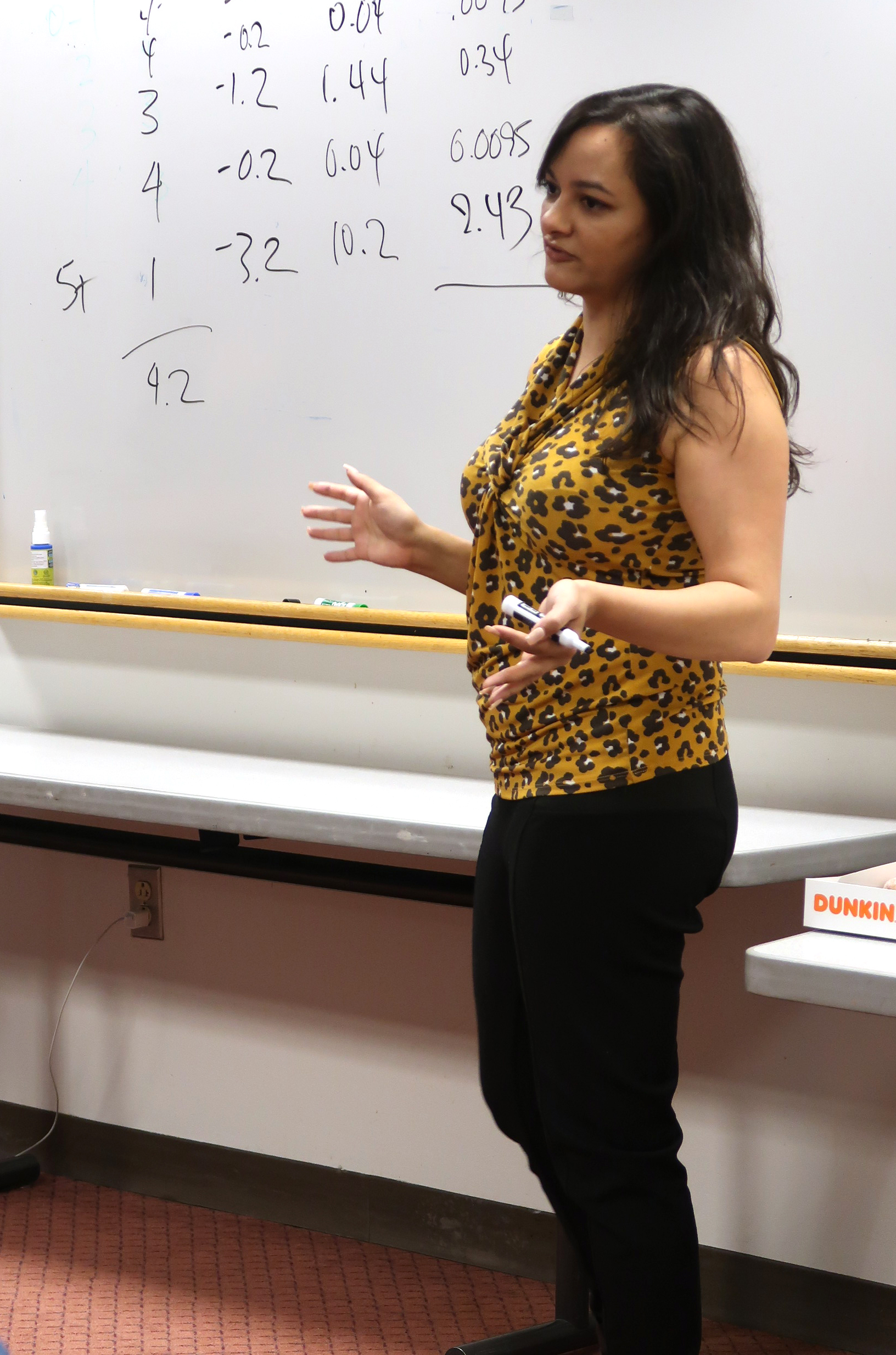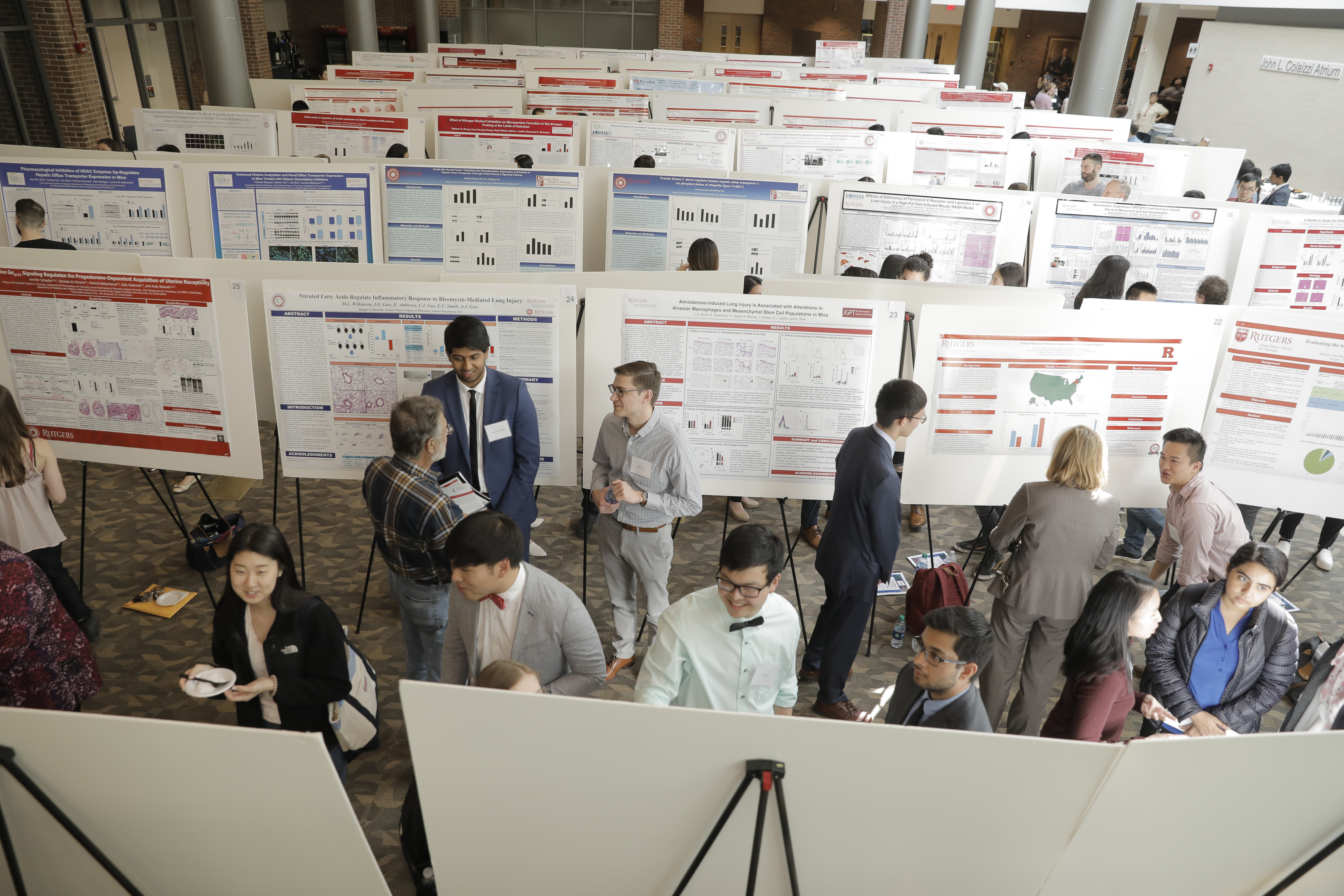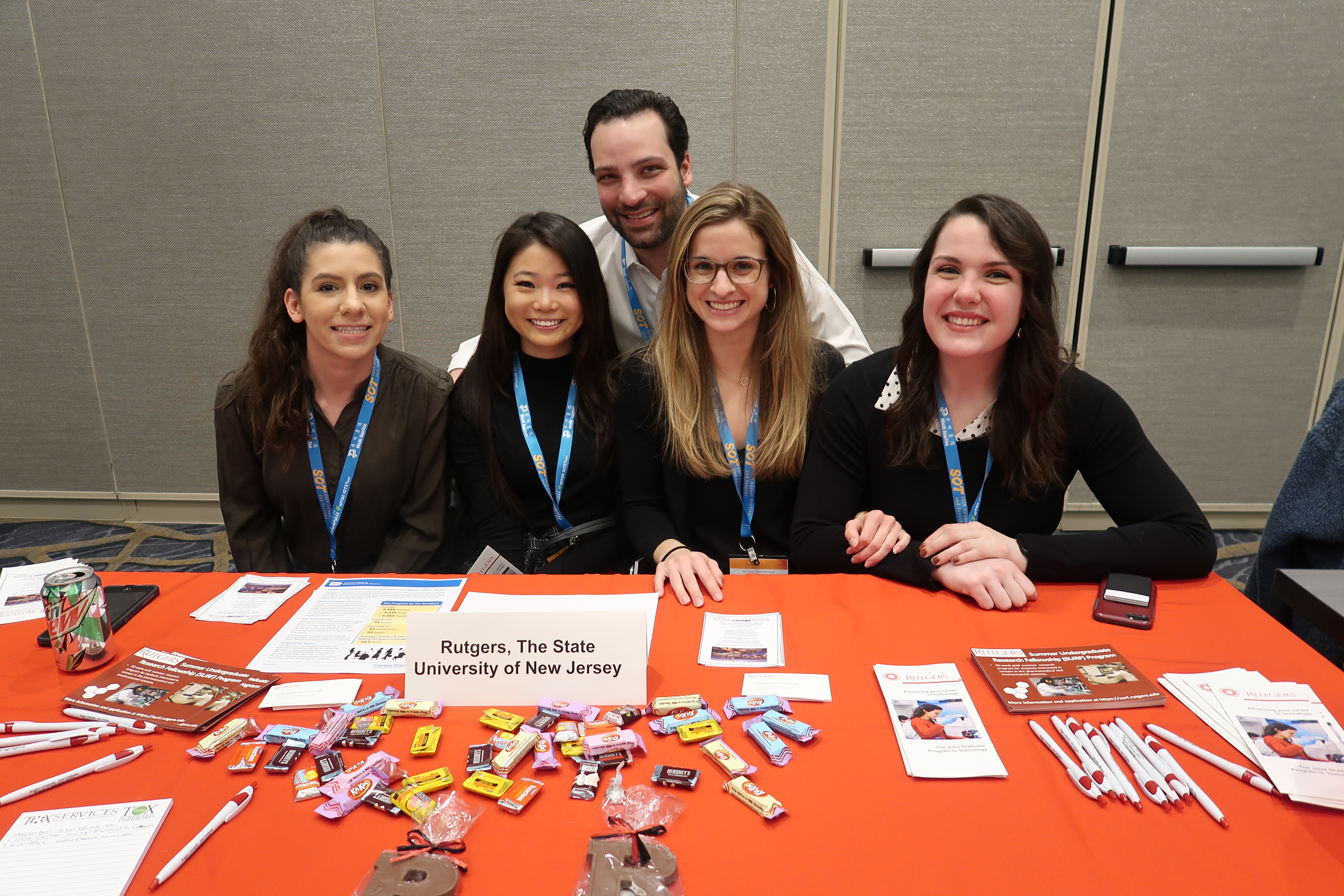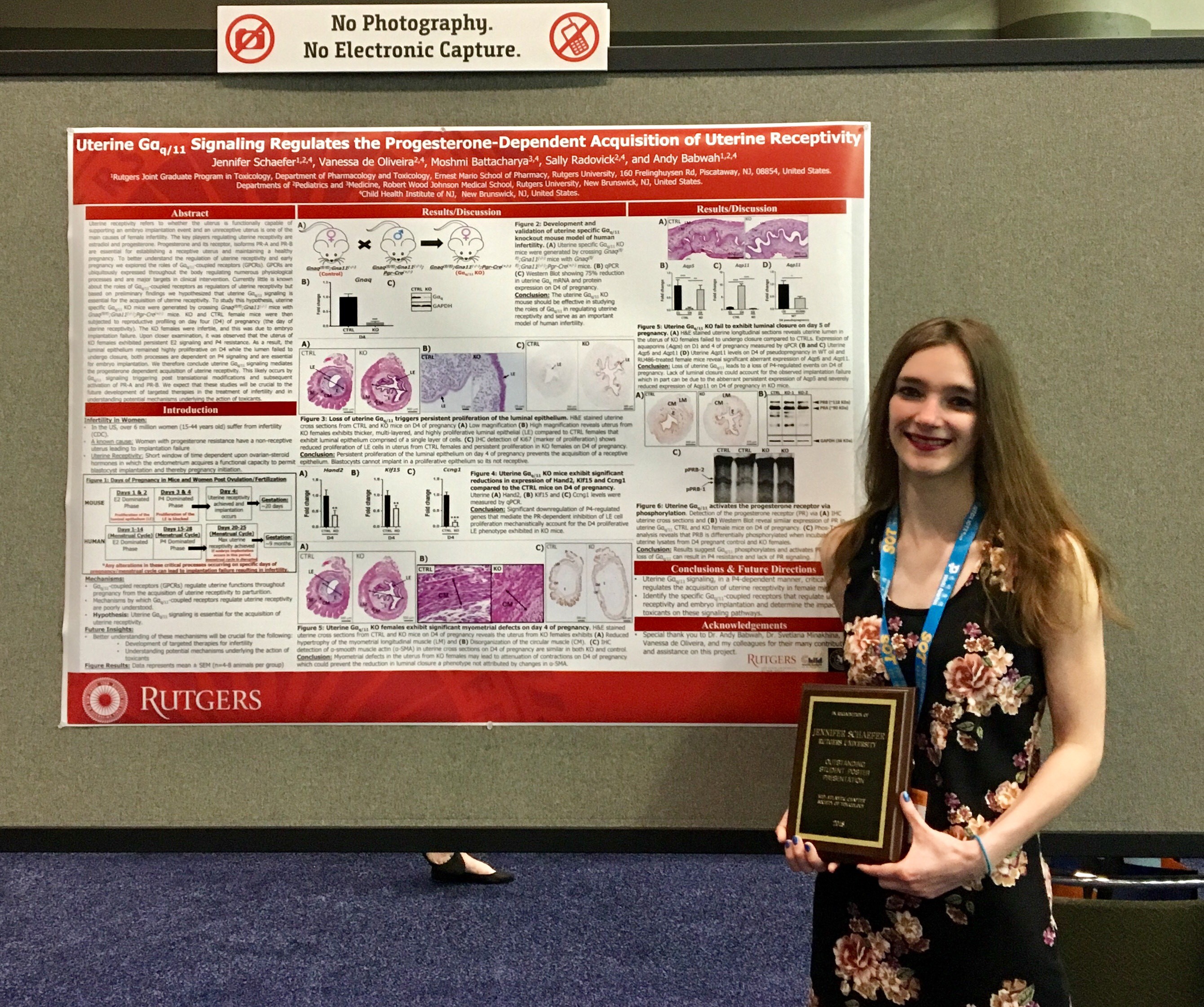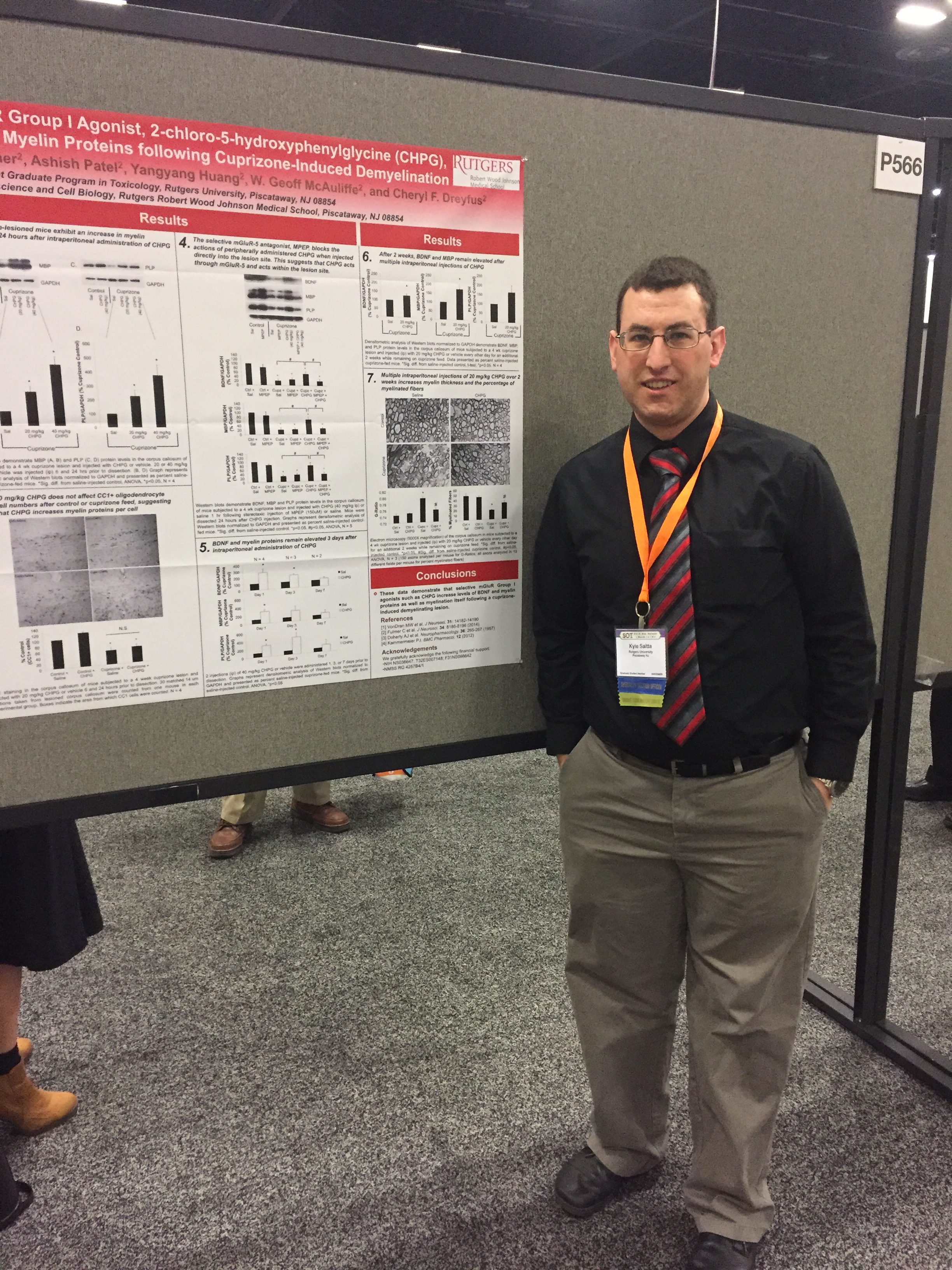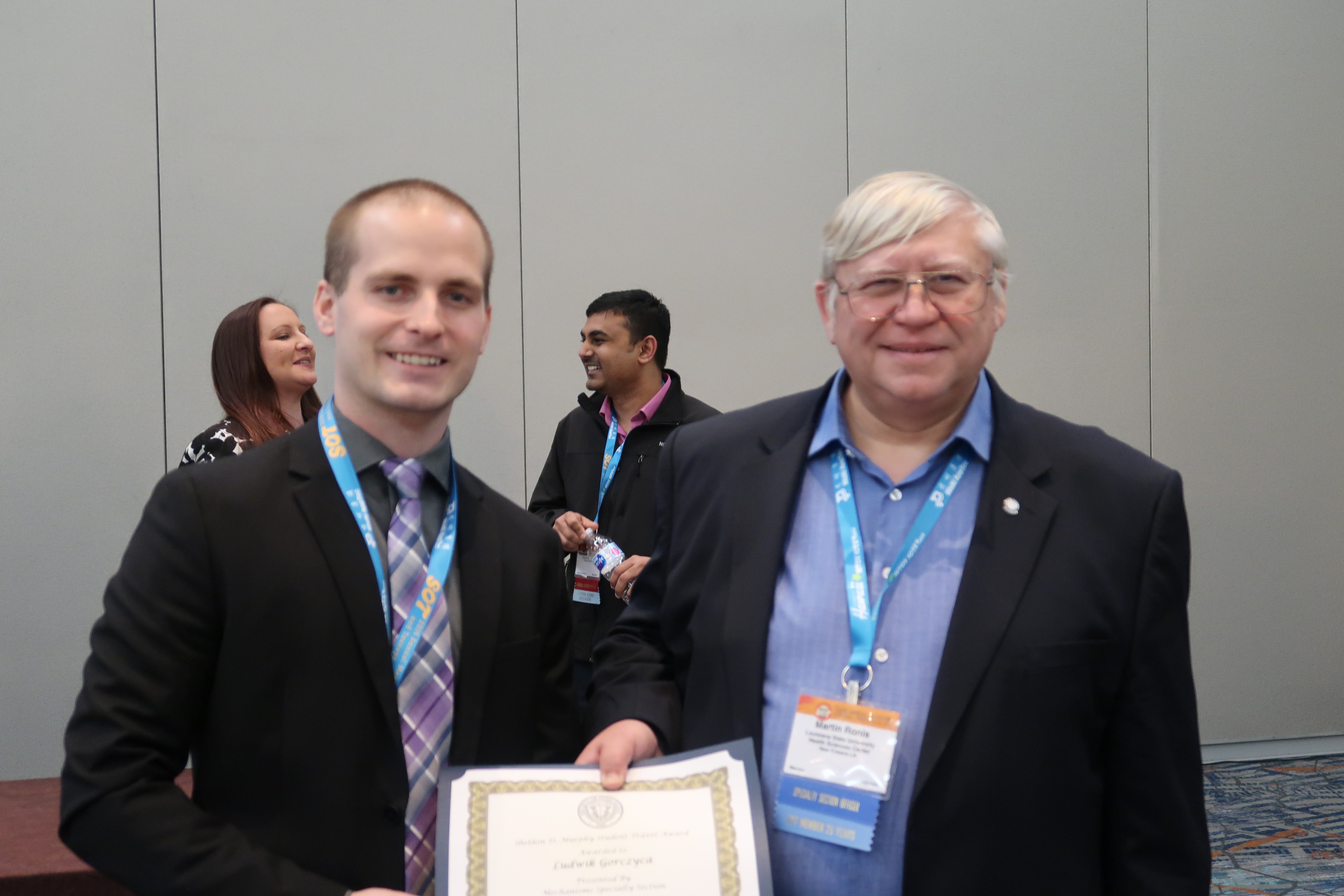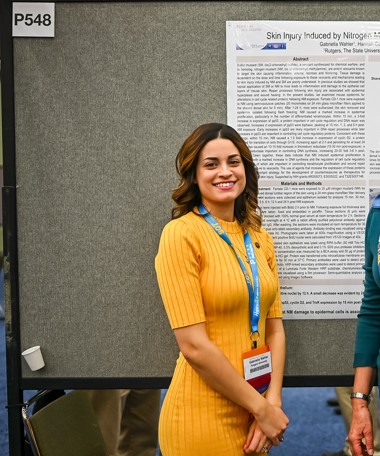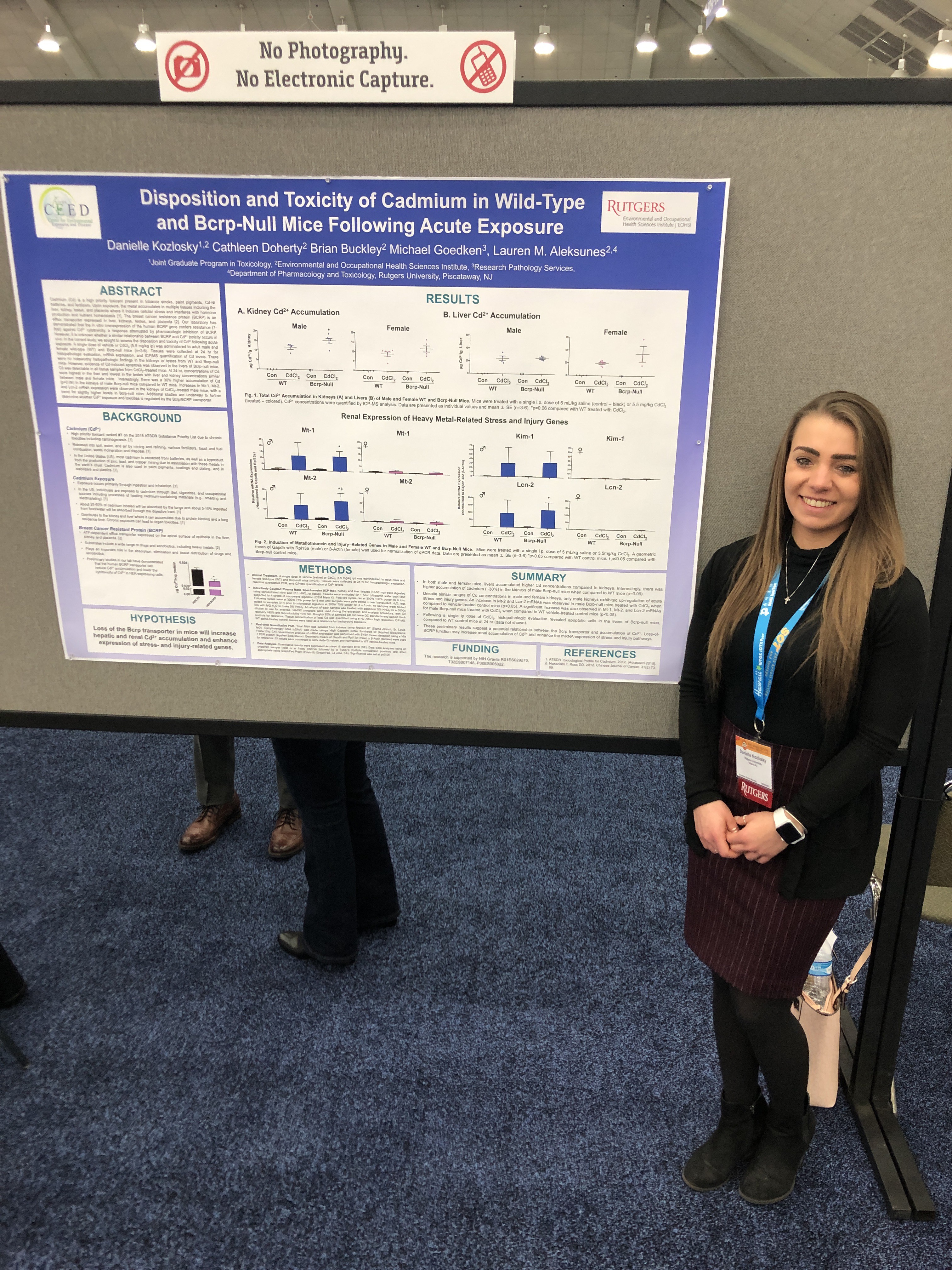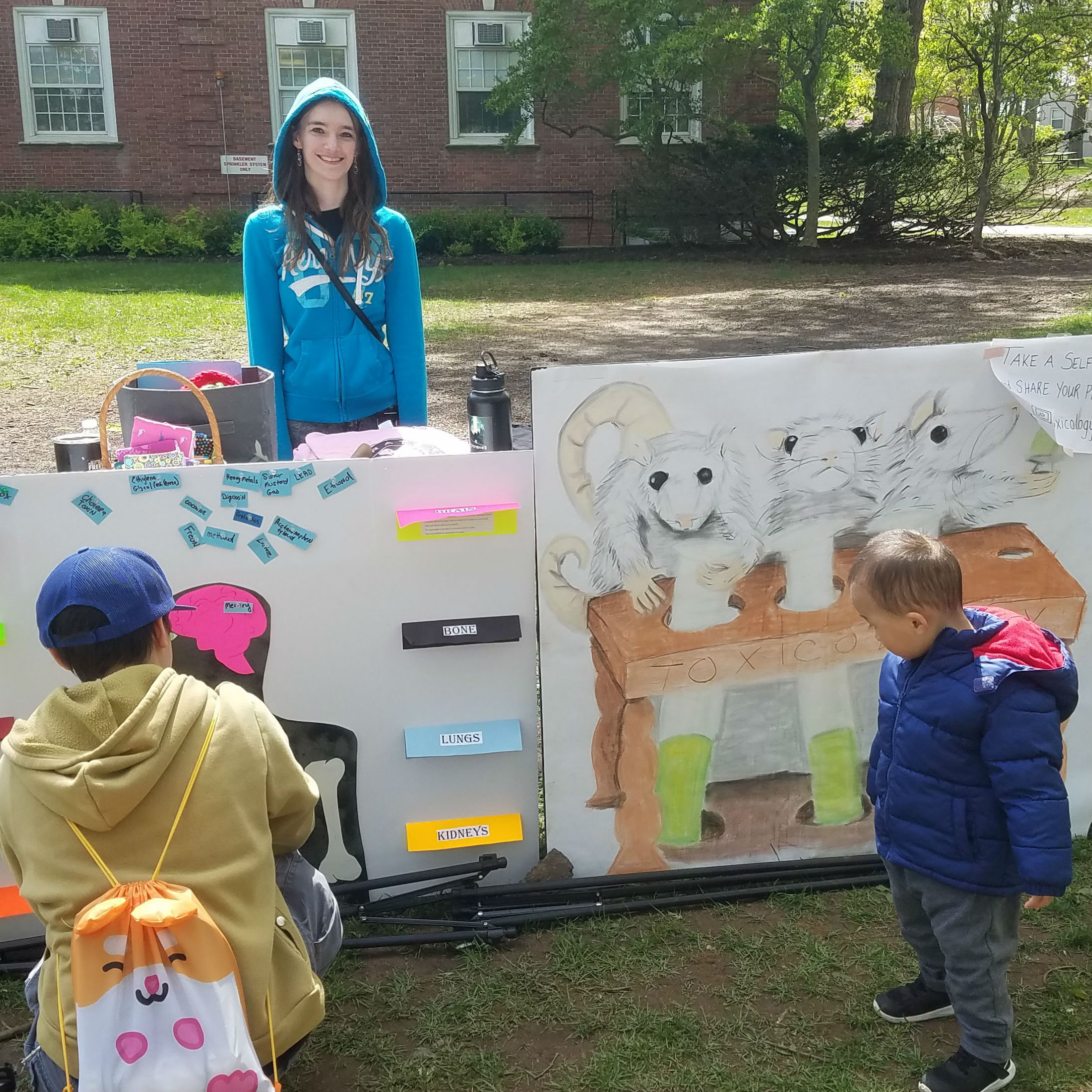
On Saturday April 27, 2019, the RATS embarked upon Cook Campus to welcome the NJ community to Rutgers as part of Rutgers Day. People were able to take selfies next to our famous RATS picture as well as play a game matching toxicants with target organs. Everyone learned a bit about physiology and toxicology while […]


